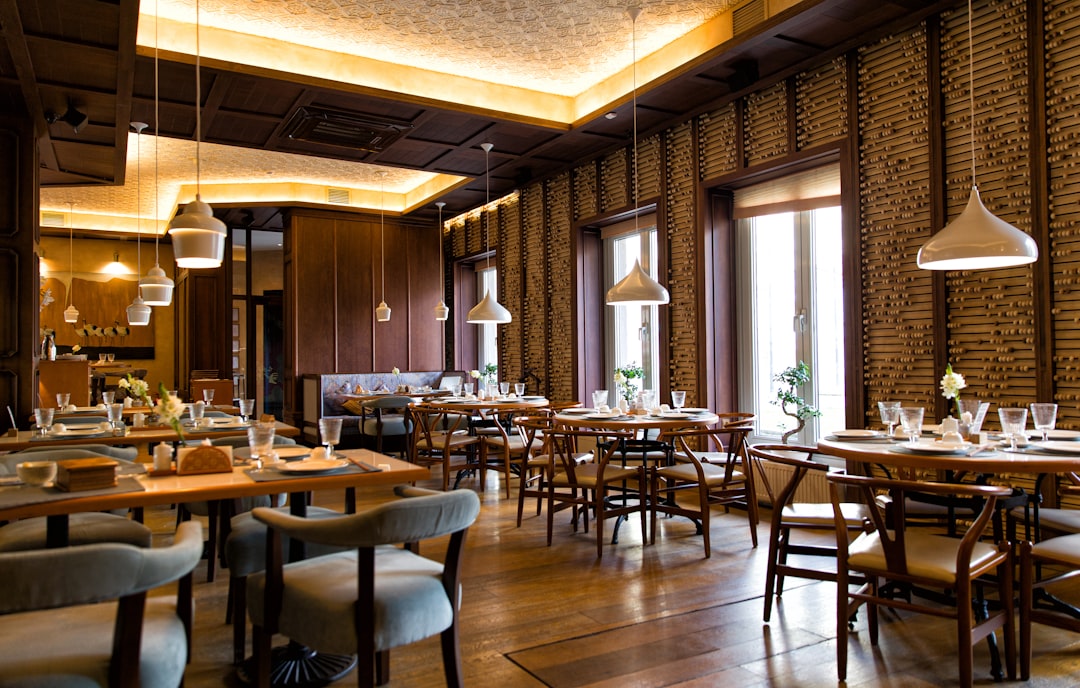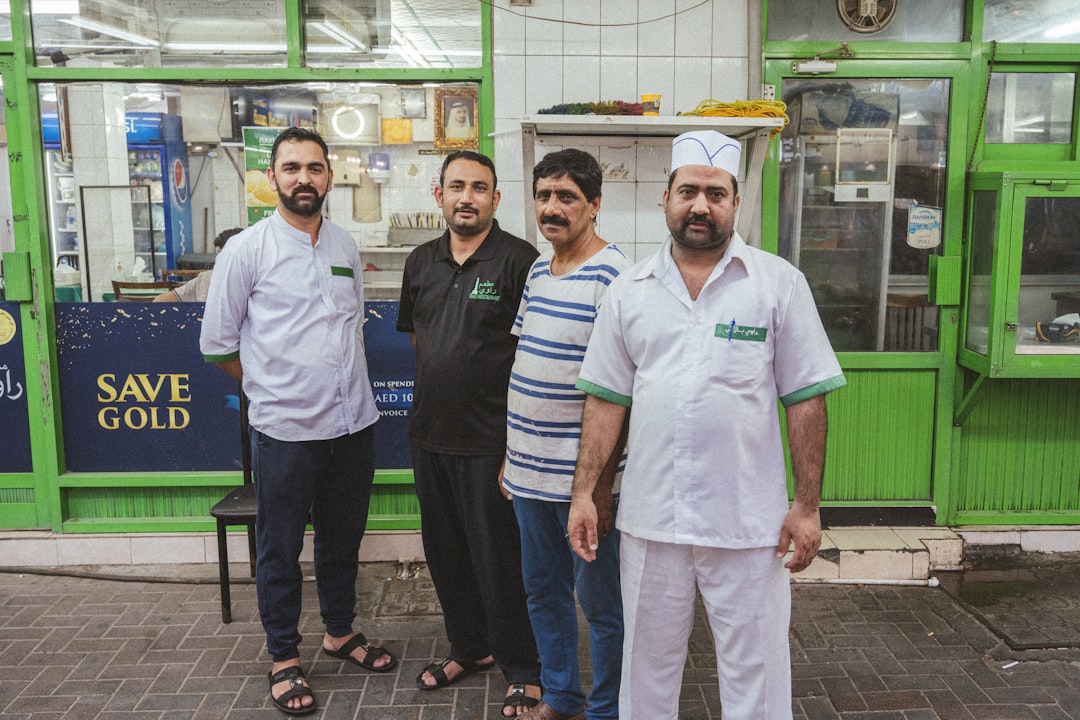Running a successful restaurant isn't just about great food. The most profitable establishments combine culinary excellence with smart marketing strategies that drive consistent traffic and boost sales. Whether you're struggling with slow periods or looking to take your already successful restaurant to new heights, the right marketing approach can make all the difference.
Let's explore proven strategies that actually move the needle for restaurant sales.
One of the most effective ways to help customers find your restaurant is through search engine optimization (SEO). When hungry customers search for "best Italian restaurant in [your city]" or "where to eat near me," you want your establishment to appear at the top of those results.
According to research from Escoffier, "One of the most effective tactics to help customers organically find your business is SEO."
To improve your local SEO:
Just like a well-placed highway billboard, good SEO puts your restaurant directly in the path of hungry customers already looking for what you offer.

Nothing creates urgency like a limited-time offer (LTO). Seasonal menus, holiday specials, or weekly rotating items give customers a reason to visit now rather than later.
For example:
Promote these limited offerings across your social media channels to maximize their impact. The fear of missing out is a powerful motivator! As one restaurateur put it: "Our pumpkin spice ravioli special every October drives more social shares and first-time visitors than any other promotion we run."
Loyalty programs aren't just nice-to-have perks—they're profit drivers. Research shows that loyalty program members visit restaurants 20% more frequently and spend 20% more per visit compared to non-members.
Modern loyalty programs should be:
Instead of managing paper punch cards or complex point systems manually, consider an integrated restaurant management platform that handles loyalty tracking automatically alongside your other operations. When your loyalty program, POS system, and customer database talk to each other, you can deliver personalized experiences that keep customers coming back.
Social platforms like Instagram and TikTok are tailor-made for restaurants. Visual content showcasing your dishes, behind-the-scenes kitchen action, and happy customers creates desire and drives engagement.
Take it a step further by partnering with local food influencers. According to Indeed's research, offering complimentary meals to food bloggers or local influencers in exchange for honest reviews can significantly boost your visibility and credibility.
Consider this approach:
One Portland-based café increased their weekend bookings by 35% after partnering with just three local Instagram foodies who showcased their photogenic brunch offerings.
The convenience economy is here to stay. Restaurants that embrace online ordering and delivery options tap into a massive customer base that might never have discovered them otherwise.
Instead of juggling multiple tablets and systems for different delivery platforms, consider a unified solution that integrates all delivery services into your existing POS system. This approach not only streamlines operations but also reduces order errors and staff stress.
A unified restaurant management platform can help you:
Remember: a delayed or incorrect delivery order can permanently damage your reputation, while a seamless experience can win you a customer for life.
Your menu is more than a list of offerings—it's a marketing tool. Strategic menu design can significantly impact what customers order and how much they spend.
Consider these menu optimization tactics:
A well-designed menu works like a silent salesperson, guiding customers toward choices that maximize both their satisfaction and your profits.
Every restaurant has slow days or times. Instead of accepting these lulls, create reasons for customers to visit during these periods:
One Chicago restaurant transformed their typically quiet Monday nights into one of their busiest with a weekly "Pasta and Pinot" event that included unlimited pasta and wine pairings for a fixed price.
These events not only boost immediate sales but also introduce your restaurant to new potential regular customers who might not have visited otherwise.
Your servers are your frontline sales team. When properly trained, they can significantly increase your average check size through thoughtful upselling and recommendations.
Effective upselling isn't pushy—it's helpful. Train servers to:
The key is authenticity. Customers can tell the difference between a server who's genuinely recommending dishes they believe in versus one who's mechanically pushing the day's special.

Digital advertising platforms allow you to target potential customers with remarkable precision. Platforms like Google Ads and Facebook enable restaurants to display ads only to users within specific zip codes or even within a certain radius of your location.
This hyper-local approach ensures your marketing budget is spent reaching the people most likely to visit your establishment. Eat App's research confirms that localized ads for promotions or events effectively attract nearby customers.
For maximum impact:
One Texas barbecue restaurant doubled their weekday lunch traffic by targeting office workers within a 3-mile radius with a "15-minute lunch guarantee" campaign.
Marketing brings customers in, but operational efficiency keeps them coming back. Today's diners expect smooth experiences from reservation to payment. Restaurants using integrated management platforms can deliver this seamless experience while gathering valuable customer data to fuel future marketing efforts.
An all-in-one system that combines order taking, delivery management, self-service options, point-of-sale, and loyalty programs eliminates the friction points that frustrate both customers and staff.
The benefits extend beyond customer satisfaction:
When your restaurant technology works together seamlessly, your team can focus on what matters most: creating exceptional dining experiences.
The most successful restaurant marketing plans combine multiple strategies tailored to your specific audience and brand. Start by analyzing your competitors to identify gaps you can fill, then prioritize implementing the strategies that align with your restaurant's unique strengths.
Remember that consistency is key. Even the best marketing strategy needs time to show results, so commit to your plan and track performance to understand what's working.
With the right combination of these proven strategies and the operational efficiency to deliver on your promises, you'll be well-positioned to increase sales and build lasting customer relationships.
